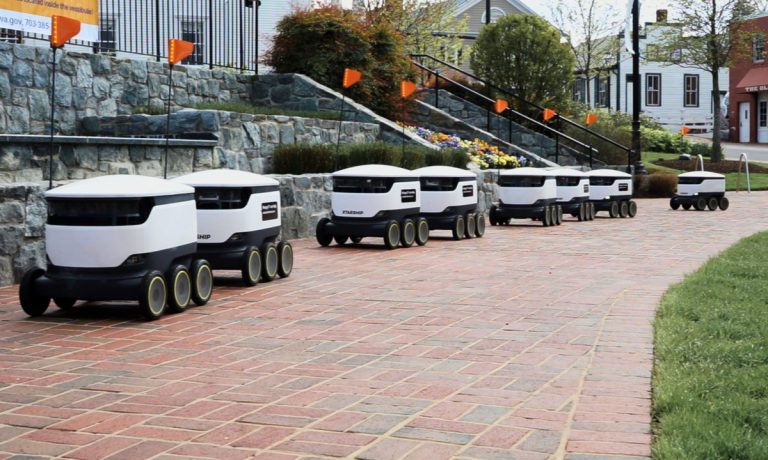
You’re unlikely to experience a robot attack at an eatery or retail store. Should you encounter a robot in such a setting, chances are it will take your order, bring your food or merchandise and do something cute, all while — and this is important — not getting paid $15 an hour.
On the heels of a Dec. 22 White House Executive Order mandating federal pay increases for 2022 and following a similar order from April instructing federal contractors to pay $15 an hour starting next year, private industry is waiting for the other shoe to drop, harking back to late 2020 corporate concerns over the Biden administration’s wage hike intentions.
While short-staffed restaurants, retail stores, warehouses and other operations clamor for employees using unheard of perks like signing bonuses for hourly workers and some retailers even going past the $15 mark to $20 an hour, these outfits are also quietly robot shopping.
In November, Fast Company reported that “North American companies are buying robots in record numbers, according to data from the Association for Advancing Automation cited by Reuters. Since the start of 2021, orders have been placed for about 29,000 — or nearly $1.5 billion worth, an almost 40% increase from the same period last year,” per AAA data.
Sectors driving the robotics market are automotive and heavy industrial, but specialized models are set to reach into restaurant kitchens, for example, and possibly front-of-house too.
Miso Robotics’ Flippy 1 and 2 burger-making bots have been five years in R&D and pilots, and the firm feels Flippy is ready to get behind the grill. CNBC reported that holding company Inspire Brands — whose portfolio includes Arby’s, Dunkin’ Donuts and Sonic — is getting ready to roll.
Stephanie Sentell, senior vice president of restaurant operations and innovation at Inspire Brands told CNBC that “our strategy and our vision for automation at Inspire is really not about the labor shortage, it is all about how we increase our capacity. The automation that we are looking at will allow us to unlock that and provide faster food to our guests.”
CNBC said one Flippy robot “can cost up to $3,000 a month.”
Meanwhile, in front-of-house, diners may soon find themselves interacting with the Matradee autonomous food service bot made by Richtech Robotics. The rolling metal busboy uses machine vision and LiDAR to navigate restaurant tables, and rarely (if ever) needs a break.
As PYMNTS recently reported, “Of the 26 states — and Washington, D.C. — mandating minimum wage raises in 2022, California and New York are the only states that will require employers to pay at least $15 an hour to their workers, amid ongoing labor shortages in just about every sector of the American economy.”
How robots in restaurants and retail stores will impact operations — if and when it starts to scale — is still unclear. As The Wall Street Journal reported, “Some executives fear that increases to the federal pay floor would drive up wages across income classes, hurting profits and forcing businesses to find savings to offset higher spending on labor.”
Overcoming the worker shortage with machines that don’t call in sick, sleep or complain might sound like music to a restaurant manager’s ears, but there are caveats.
As Fast Company reported, corporations have “likely been kicking around grass-is-greener scenarios where their factories and warehouses are run by a swarm of machines — though that’s assuming executives can get over the sticker shock (again: $1.5 billion for fewer than 30,000 new robo-workers, while the U.S.’s most recent jobs report shows 10.4 million open positions nationwide).”
See also: Big Retailers Raising Wages Faster Than New $15 State Mandates